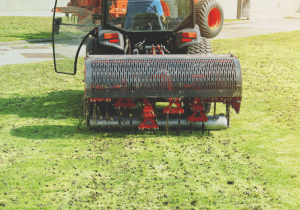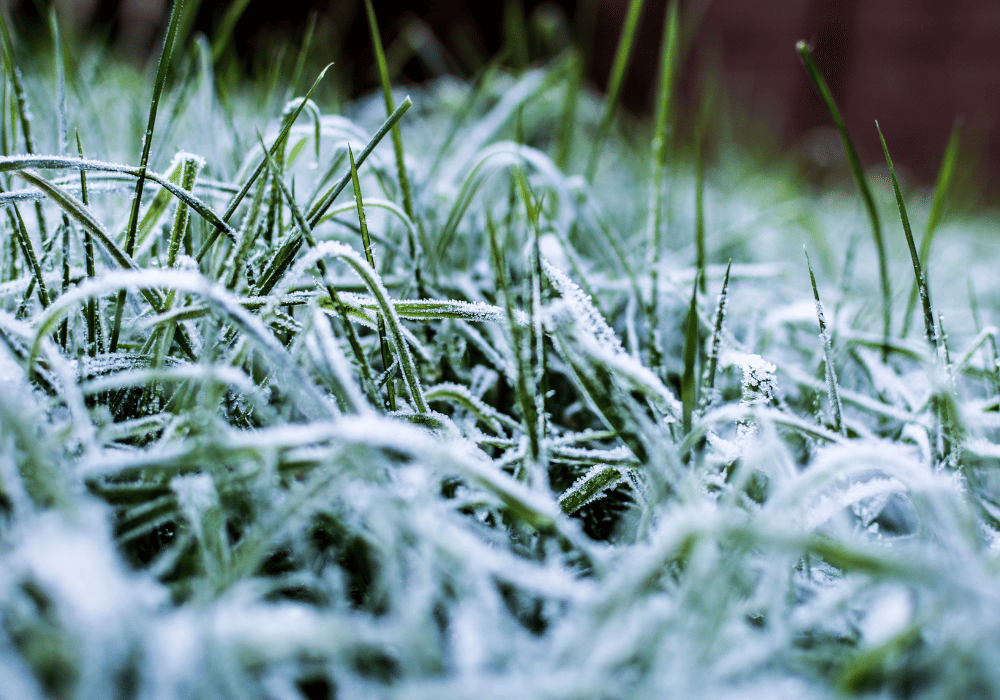When the frosty winds start to blow, most of us hang up our gardening gloves and resign ourselves to the idea that our lawns will be a barren, brown wasteland until the first signs of spring. But what if I told you that the secret to a vibrant, green lawn in springtime is hidden in how you care for it during the cold winter months? That’s right! Proactive winter lawn care is not only essential but can make all the difference for homeowners and gardeners aiming for a healthy, thriving lawn once the snow melts. In this blog post, we’ll explore a range of essential winter care tips that will prepare your lawn for a glorious spring awakening.
 Understanding the Needs of Your Lawn During Winter
Understanding the Needs of Your Lawn During Winter
Every lawn is unique, and understanding its specific needs during winter is the first step in ensuring it survives the chilly months. Grass types vary, and knowing whether you have cool-season or warm-season grass can help tailor your winter care practices. Cool-season grasses like bluegrass and fescue actually benefit from the cooler weather and might continue growing slightly during the winter. Warm-season grasses like Bermuda or Zoysia, on the other hand, will enter dormancy and require a different care approach.
The local climate will also impact your winter lawn care strategy. Regions with harsh winters may require more protective measures, while milder climates offer a bit more flexibility. Soil composition is another factor to consider. Heavy clay soils, for instance, might retain water and become compacted, whereas sandy soils drain quickly and may need more frequent watering. Monitoring the condition of your soil periodically will help you adjust your care routine accordingly.
Lastly, evaluate sunlight exposure. Lawns in shaded areas may hold onto moisture longer, increasing the risk of mould or mildew. Adjust your care methods to ensure your lawn receives adequate light and aeration, preventing any unwanted fungal growth.
Essential Winter Lawn Care Practices
Maintaining your lawn’s health during the winter relies on a few key practices. First, continue mowing your lawn until the grass stops growing, usually when temperatures consistently drop below 10°C (50°F). Set your mower blades to a lower setting for the final cut to prevent grass from matting under snow.
Watering becomes less frequent during winter, but it shouldn’t be neglected entirely. Ensure your lawn receives about 1 inch of water per week if there is no rainfall. Overwatering can lead to root rot, so always check the soil moisture before turning on the sprinkler.
Fertilizing in late fall can give your lawn the nutrients it needs to sustain itself through winter. Opt for a slow-release fertilizer high in potassium, which strengthens roots and boosts disease resistance. Avoid nitrogen-heavy fertilizers in winter as they promote growth that your lawn doesn’t need during dormancy.
Protecting Your Lawn from Winter Pests and Diseases
Winter might seem uneventful for your lawn, but pests and diseases can still pose a threat. Rodents like moles and voles are known to burrow into lawns during colder months, causing damage to the roots. Monitor your lawn for signs of burrowing and consider traps or repellents to deter these pesky critters.
Snow mould, a common winter fungus, thrives under blankets of snow. To prevent it, keep your lawn free from debris and fallen leaves. Properly aerating your lawn before winter sets in can also reduce compaction and improve airflow, keeping mould at bay.
If your lawn is prone to disease, a fungicide treatment in late fall can provide an extra layer of protection. Be sure to follow the manufacturer’s instructions closely and choose a product suitable for your specific grass type.
Preparing Your Garden and Outdoor Areas for Winter
Your lawn isn’t the only thing that needs attention before winter arrives. Garden beds should be cleared of dead plants and mulched to insulate the soil. Pruning trees and shrubs during dormancy can encourage healthy growth in spring and prevent storm damage.
Outdoor furniture and equipment should be stored or covered to protect them from the elements. Drain garden hoses and irrigation systems to prevent freezing and damage. It’s also a good idea to check gutters and downspouts to ensure they are clear of debris, preventing ice dams and water buildup when snow begins to melt.
For those with vegetable gardens, consider planting winter crops like kale or garlic. These hardy plants can thrive despite the chill, providing a fresh harvest come spring.
 Post-Winter Lawn Care for a Smooth Spring Transition
Post-Winter Lawn Care for a Smooth Spring Transition
As winter fades and temperatures climb, it’s time to help your lawn transition smoothly into spring. Start by removing any debris and raking away dead grass. This helps to improve airflow and reduce the risk of disease.
Aerating your lawn can relieve soil compaction caused by snow and ice. It opens up the soil, allowing water and nutrients to penetrate deeper. After aerating, overseed any bare patches to promote even growth.
Finally, apply a balanced fertilizer to give your lawn the nutrients it needs for vigorous spring growth. This first feeding sets the stage for a healthy, lush lawn that stands out all season long.
Tips for Selecting Winter Lawn Care Products and Tools
Choosing the right products and tools can make all the difference in your winter lawn care routine. Invest in a quality mower with adjustable blades for that crucial final cut. A reliable sprinkler system or hose is also essential to maintain consistent watering.
When selecting fertilizers and treatments, opt for products tailored to your grass type and climate. Look for environmentally friendly options that align with sustainable gardening practices.
For pest control, choose natural repellents and traps to minimize harm to beneficial insects and wildlife. By selecting the right tools and products, you’ll ensure your lawn receives the best care possible throughout winter.
Winter lawn care might seem daunting, but with the right approach, it can lead to a healthy, vibrant lawn come spring. By understanding your lawn’s unique needs, implementing essential care practices, and choosing the right products, you’ll set the stage for a truly lush, beautiful lawn.
Remember, the effort you put in during the winter months will pay off in the spring, giving you a head start on achieving the perfect lawn. Stay proactive, and your lawn will thank you with a verdant display that makes you the envy of the neighbourhood.

